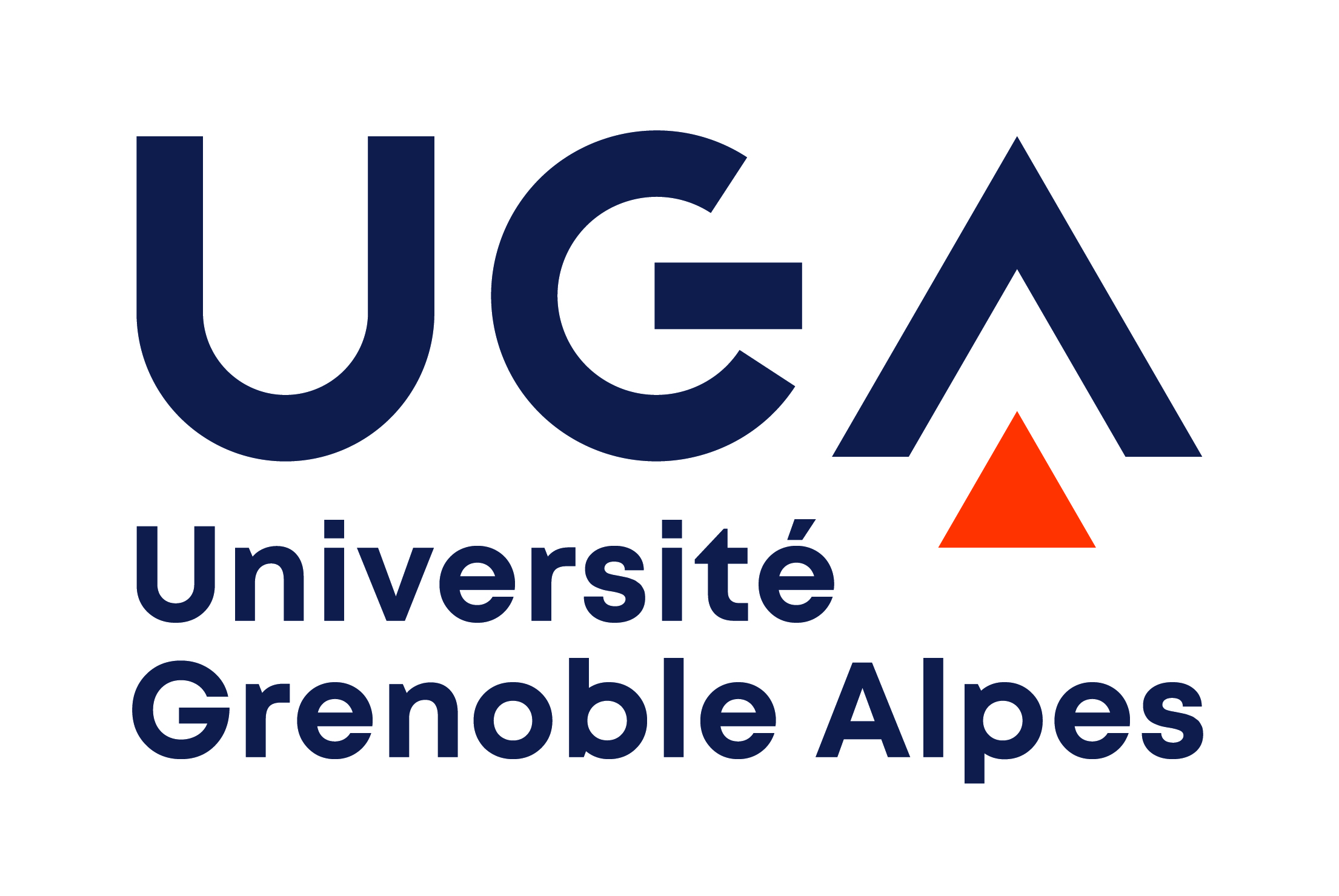Multi and hyperspectral methods in image processing Université Grenoble Alpes

Course Overview
The core of the course will focus on the following aspects:
- color theory, interaction between light an matter
- spectral unmixing with linear and non linear mixing models
- dimension reduction and sparse representations
- classification of hyperspectral data
- anomaly detection
- high performance computing
The course will also include basic notions of physics and vision, which are important to understand and take into account when designing an algorithm (for instance, spectral unmixing is a source separation problem, but not all source separation techniques are suited to this problem).
http://phelma.grenoble-inp.fr/en/studies/multi-and-hyperspectral-methods-in-image-processing-wpmtmhm7
Learning Achievement
Multispectral imaging consists in acquiring several images of the same scene using tens of narrow (e.g. 10 nm) and contiguous spectral bands (e.g. higher than 100 nm) in the visible range (380-780 nm). This enables to characterize objects by their color appearance or by their spectral reflectance function and to study the influence of lighting conditions, viewing geometry, sensor sensibility and material properties on color appearance. This course will cover the main issues related to the acquisition, the processing and the visualization of multispectral images. A variety of study cases (e.g. food industry, medical imaging, automotive industry, cultural heritage) will illustrate this course.
Refining the concept, hyperspectral imaging, also called imaging spectroscopy, consists in acquiring simultaneously hundreds of images of the same scene using hundreds of narrow and contiguous spectral bands. This enables a fine description of the materials that are observed. This field is blooming in a number of applications, from planetary exploration to material sciences in industry, from quality control to astrophysics, from biomedical imaging to airborne and satellite remote sensing. This course will cover the main issues related to the signal and image processing challenges raised by these data and cover the whole chain, from basic notions in instrumentations to a variety of applications (the applications being addressed during the lab sessions).
Competence
The core of the course will focus on the following aspects:
color theory, interaction between light an matter
spectral unmixing with linear and non linear mixing models
dimension reduction and sparse representations
classification of hyperspectral data
anomaly detection
high performance computing
The course will also include basic notions of physics and vision, which are important to understand and take into account when designing an algorithm (for instance, spectral unmixing is a source separation problem, but not all source separation techniques are suited to this problem).
Course prerequisites
Basics in digital signal and image processing.
Grading Philosophy
Final exam
Course schedule
Course type
Lecture
Online Course Requirement
Instructor
Jocelyn Chanussot
Other information
Course content can evolve at any time before the start of the course. It is strongly recommended to discuss with the course contact about the detailed program.
Please consider the following deadlines for inbound mobility to Grenoble:
- April 1st, 2020 for Full Year (September to June) and Fall Semester (September to January) intake ;
- September 1st, 2020 for Spring Semester intake (February – June).
Site for Inquiry
Please inquire about the courses at the address below.
Contact person: international.cic_tsukuba@grenoble-inp.fr


